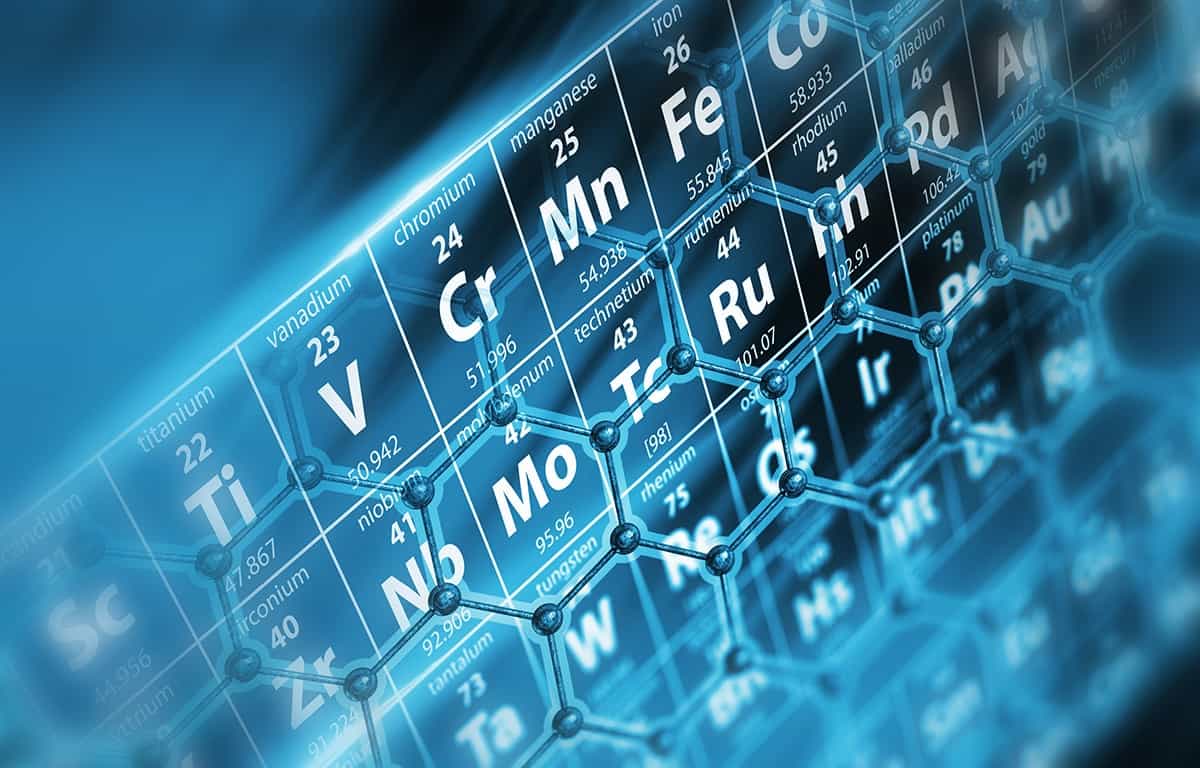 Mordechai Segev and Ronen Talmon at the Technion-Israel Institute of Technology, who report their results in Physical Review Letters. Their method requires no prior knowledge about the system, and it found a phase transition in the data that was not predicted by current theory. Their method can potentially help analyse data from complex quantum many-body experiments and improve our understanding of topological phases.
Mordechai Segev and Ronen Talmon at the Technion-Israel Institute of Technology, who report their results in Physical Review Letters. Their method requires no prior knowledge about the system, and it found a phase transition in the data that was not predicted by current theory. Their method can potentially help analyse data from complex quantum many-body experiments and improve our understanding of topological phases.
A recent addition to the familiar solid, liquid or gaseous phases of matter, topological phases have a non-local nature that makes them both interesting and challenging to detect. Technion’s Eran Lustig, one of the lead researchers on this work, uses the analogy of a tornado: one cannot tell that a tornado is a huge swirling vortex from just a tiny patch of it. Topological phases are typically identified by studying the unique evolution of edge states of the system, which requires access to a significant part of the material.
Or Yair, the other lead researcher on the project, explained that the diffusion-maps algorithm is well suited to detect non-local signatures of topological phases. Given a set of experimental data points, it checks the local neighbourhood of a point to find nearby points and gradually zooms out to find relationships with points that appear far apart.
Haldane model
The researchers first tested their method on simulated data from a system with a known phase transition, called the Haldane model. It is a hexagonal lattice system with interactions between nearest neighbours and the next nearest neighbours. Its two triangular sublattices can be staggered in energy. As the amount of staggering passes a critical value, the system undergoes a phase transition from a topological phase to a normal phase.
To test the capabilities of diffusion maps, they used a bulk state excitation instead of one on the edge. The phase-transition location in the parameter space found by diffusion maps matched the theoretical position. Using bulk states for detection can be useful for systems with no well-defined edges like cold atom clouds or systems where edges are hard to access or control. They also probed the system using only one eigenstate of the system to show that the procedure works even with limited data.

Ubiquity of topological materials revealed in catalogues containing thousands of substances
Following the run on simulated data, the researchers used real data from a coupled waveguides experiment. With no information about the system or noise sources, their algorithm was able to find a “cusp” in the data – a signature that a phase transition had taken place. They also observed a weaker cusp related to another phase transition unaccounted for in the theoretical model. With this insight, the researchers were able to identify a higher-order process that produced that transition.
Machine-learning tools also help researchers with the interpretation of the large amounts of data generated from modern experiments with many degrees of freedom. The diffusion-maps method is a kind of manifold learning algorithm, which tries to find a lower-dimensional representation of data. A simple example of dimensionality reduction is that of a line drawn on a 2D plane – while it appears that one needs two co-ordinates to specify points on a line, in reality it is just a 1D object or “manifold” embedded in a 2D space.
The road ahead
Topological phases are receiving increasing attention in condensed matter and optical systems because of their association with robust physical phenomena. In these phases, some properties like edge transport or conductance remain unaffected even if one changes the shape of the system or introduces imperfections and other kinds of disorder.
In the past, scientists have tried using neural networks or unsupervised learning methods to identify phase transitions in experimental data, but these methods need trainable data or knowledge of the experimental set-up. The diffusion-maps method, on the other hand, does not need any prior knowledge, and is inherently designed to extract non-local features in the data.
The researchers find their results very promising. “I think it’s really important to discuss the vision and the surprises”, Segev comments, “[we want] to be able to use this method to identify phase transitions in quantum many-body systems – where the theory is incomputable, and it is virtually impossible to make real predictions for the experiments.”
